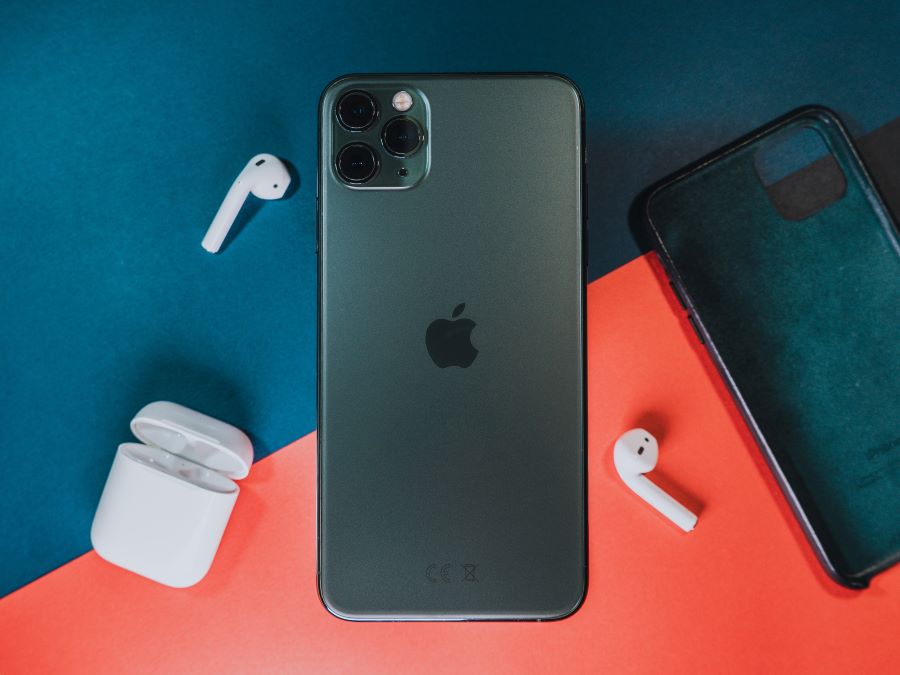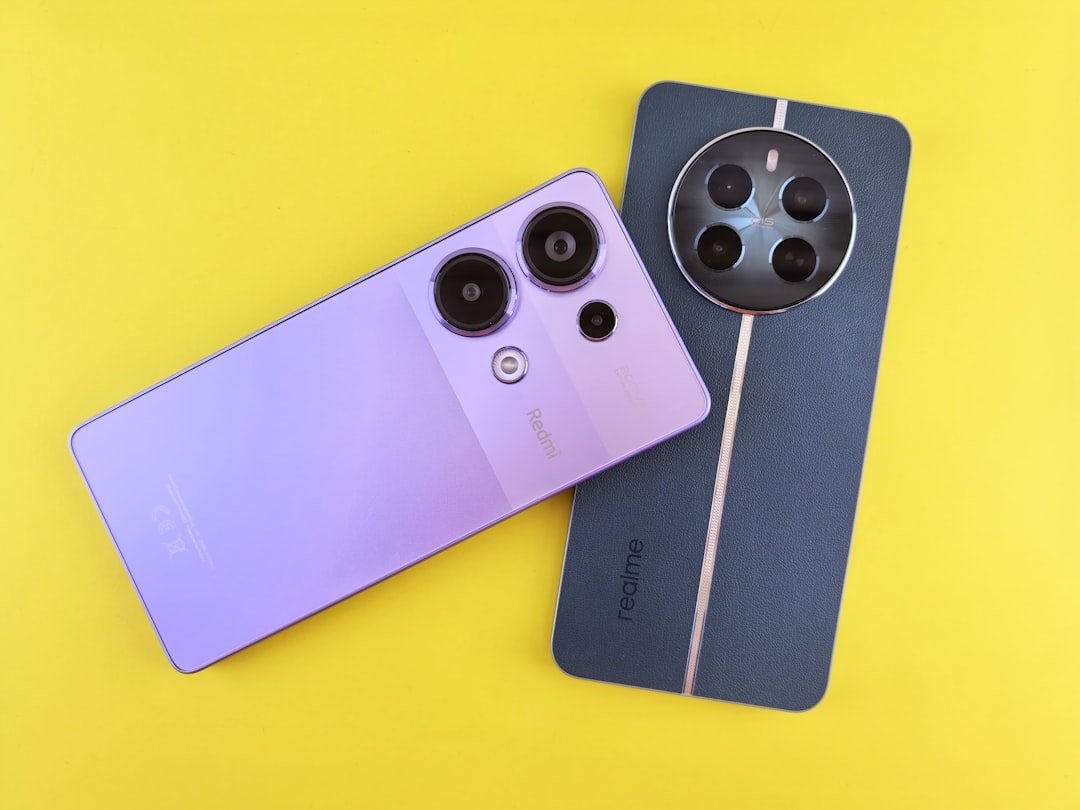eSIM stands for embedded SIM. As the name suggests eSIM technology helps you embed the SIM into a phone and wearables. An eSIM, like a standard SIM card, also serves the same purpose, posing as a unique identifier allowing telecom operators and your contacts to connect with you for making a call or sending a text message. eSIMs reduce space by eliminating the need for a real SIM card port, allowing for slimmer device designs. Because the data on an eSIM is encrypted, it provides greater security than standard SIM cards. Physical damage, loss, or theft are less likely with eSIMs. The eSIM technology explained in further detail in this article.
Buy Airtel Postpaid with exciting benefits!
Read more: How to activate eSIM – Convert Airtel SIM to eSIM
What is eSIM technology?
In recent years, smartphone manufacturers and carriers have begun to shift to a new approach- replacing the physical, detachable SIM card with an eSIM. As there is no physical part to pull out and use in another device, eSIM protects against SIM card theft. After being robbed, attackers cannot use your phone to access your social media or financial accounts.
How does eSIM technology work?
eSIM technology makes switching carriers much easier. Instead of waiting for a new SIM card to arrive or going to a store, you may make the move right on your phone by entering information from your carrier by simply scanning a QR code. If your smartphone includes an eSIM, you will find options in the settings to configure it, switch between lines and carriers, and manage your accounts. If you have a dual-SIM device, the eSIM technology may support numerous accounts, and switching between them is simple.
So how does eSIM technology actually work?
Here is the answer- Setting up an eSIM is as simple as ordering food online. You need to point the phone’s camera at a 2-D barcode issued by the operator for the phone to record the configuration that will be transmitted to the virtual card.
Depending on the phone and whether you use an Android or iOS phone, the eSIM card configuration process is completed by following a series of steps that include selecting whether the eSIM card will be used for calls and data or only for data, as well as selecting whether the digital SIM will work as a single line or in conjunction with another line, either in another eSIM card or in another phone.
If your phone has more than one line, you must choose which one will be the primary and which would be the secondary one. The same virtual SIM card can be programmed as many times as you wish, and depending on the settings provided to the eSIM, it can function with both domestic and foreign operators. You can also activate eSIM with Airtel and start using it efficiently.
Also read: All You Need to Know About eSIM
List of devices with eSIM technology:
Here is a list of devices that have come with the eSIM technology:
-
Google Phones
The Google Pixel 2 came with an eSIM that could only be used with Google Fi. However, the Google Pixel 3 and newer Pixel smartphones can be used with third-party mobile carriers. With the Galaxy S20, Samsung introduced eSIM technology to its premium smartphone portfolio.
-
Apple
In 2017, Apple launched eSIM. In nearly all iPhone models, Apple continues to employ a combination of a conventional SIM card and an eSIM. However, the iPhone 13 got support for two eSIM cards last year, allowing consumers to obtain dual-SIM compatibility without the need for a physical SIM card.
-
Samsung Phones
Many of the recent Samsung phones support eSIM. An eSIM is a multi-carrier gadget that can carry up to five virtual SIM cards at once and allows you to switch between plans in your mobile device settings.
Samsung models with an eSIM enable you to activate an additional cellular data plan, which you may use locally or internationally, without the requirement for a real SIM card.
-
Huawei Phones
Many of the latest Huawei phones are eSIM-compatible devices. Huawei models with an eSIM let you activate an additional cellular data plan, which you may use locally or globally, without the requirement for a physical SIM card.
Also read: How to convert eSIM card to physical SIM?
Benefits of eSIM technology
eSIMs have several advantages over traditional SIM cards. Here are some of the benefits of eSIM technology listed below:
- International Accessibility: If you travel abroad frequently, you should use an eSIM. You can always stay in touch, no matter how frequently or abruptly you relocate. An eSIM service is focused on mobile connectivity wherever and at any time.
- An eSIM card can never be damaged or lost: Using an eSIM lessens the danger and is only one of the many reasons you should give eSIM a try as it can never be lost or damaged due to outside circumstances.
- Possibility of having more than one phone number: If you have an eSIM, you can have multiple phone numbers, exactly like when you use a phone with two SIM card slots.
- Requires less space on mobile phones: The overall resilience of mobile phones may increase due to the removal of a detachable SIM card tray, which removes one potential point of failure.
- Easier to activate: An eSIM may be activated by only scanning a QR code that registers your eSIM profile with your mobile network.
Also read: Can we have multiple eSIM on a single phone? Read on!
Future of eSIM technology
By 2025, it is expected to be installed on more than 3.4 billion devices worldwide by 2021, up from 1.2 billion in 2021. Unlike a normal SIM, in which users must manually enter their device, the eSIM is implanted within each device and can be controlled and updated remotely. To activate an eSIM in India, you just need to send a message to the carrier asking them to activate eSIM and they usually send a code that must be scanned via the new device on which you intend to use the eSIM. Once done, the eSIM should work. Get an eSIM activated with Airtel today!



